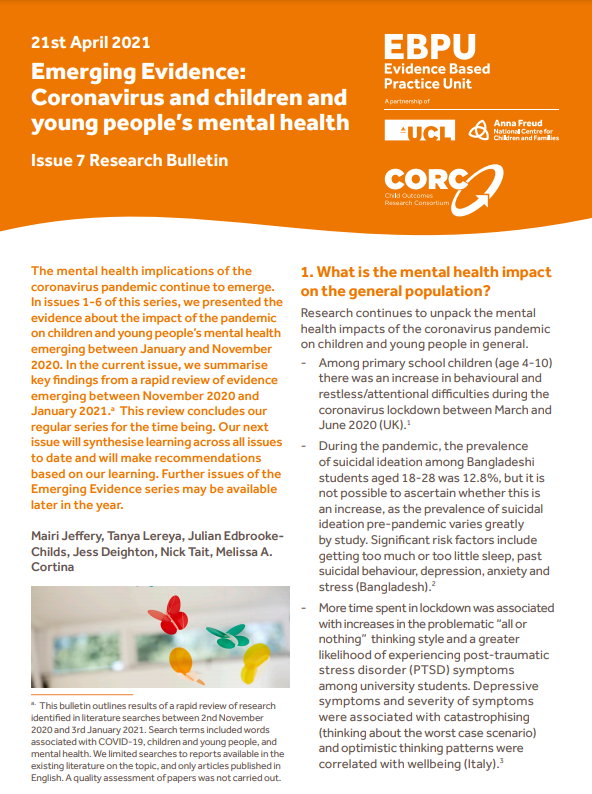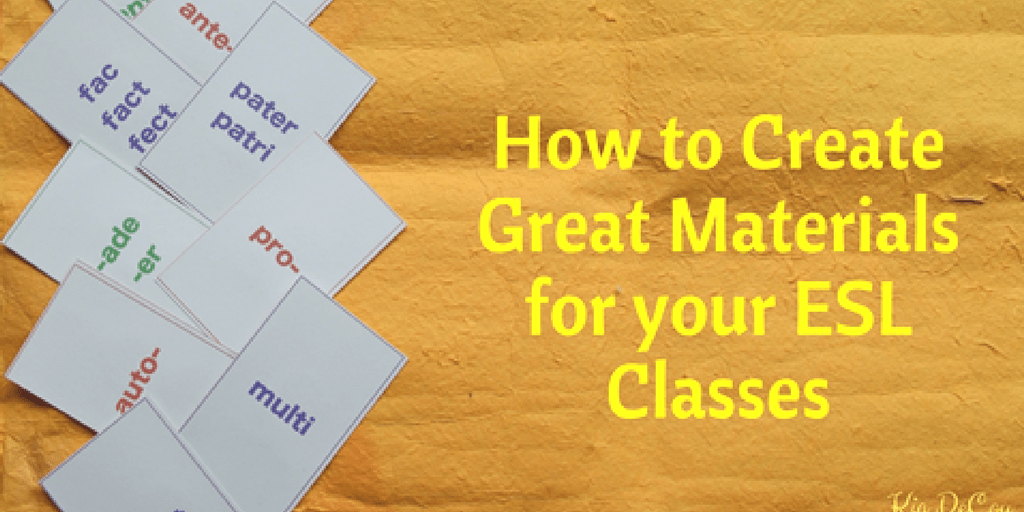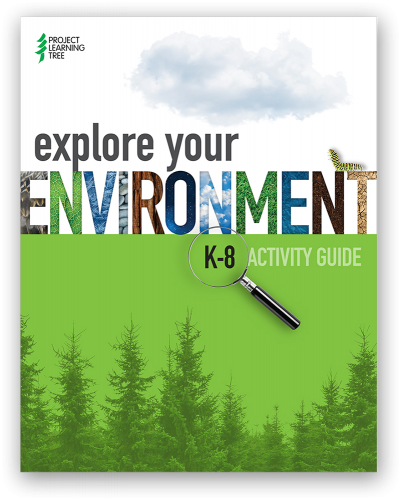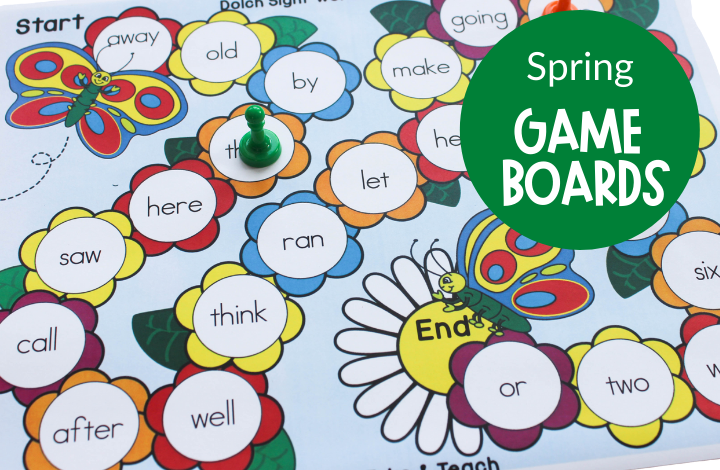Top News On Selecting Italian Nursery Teaching Didactics
Wiki Article
What Books, Such As Textbooks, Are Required In Italian Kindergartens?
Italian preschools are generally focused on providing an environment for learning that is based on play and don't often use traditional textbooks. While books aren't essential to children's development however, they can foster a love for learning and support their language abilities. Here are some types of books that could be useful to Italian nursery schools Picture books: Picture books assist children to develop their vocabulary, imagination, and love of reading. They typically feature captivating images and feature simple, easy-to-read text.
Board books They are strong books with thick pages. They are specifically designed for children who may still be learning to read. They are a great way to introduce children to diverse topics like animals and forms.
Nursery rhymes, songs and music: Songs and rhymes are crucial for the development of young children. They can improve their language, memory and social abilities. Italian nursery schools may use nursery rhyme and songbooks in their routine activities as well as in time for circle.
Children must be taught about diversity from an early age. Books that feature characters from diverse backgrounds or cultures, as well as abilities can help children develop empathy, understanding, and respect towards others.
Italian language book: Italian nurseries may use books written in Italian for children to learn and build language abilities. These books can include simple tales or picture books. They can also include books with Italian nursery rhymes and songs.
It is essential to select books that are suitable for the ages interesting, entertaining and relevant to culture for children in the nursery school. Teachers and caregivers could employ books to stimulate children's interest and encourage them discover new themes and topics. Check out the most popular sostegno italiano for website recommendations.

What Maths Educational Games Are Highly Recommended By Italian Schools?
Maths didactic games can be an effective tool to introduce children to the basics of mathematics in Italian kindergartens. Maths didactic cards may include: Number Cards: These cards help children to master numbers that range from 1 to 10 or even higher. It is possible to use illustrations to help enhance learning through the use of animals or objects as the numbers.
Shape cards: Shape cards can be used to teach children the names and the characteristics of different shapes like circles, squares triangles, and rectangles. They can feature illustrations of real-life objects which represent every shape.
Color cards help children to discover the names and colors of different colors. They can also include illustrations of objects which are dominated by a single color. They will entice children more.
Counting Cards: Counting card are a great way to teach children to count from 1-10 or higher. They could feature images of animals or objects which represent the numbers to make the learning process more fun.
Time Cards: Time cards will teach your children to read the time and the names for the days of the week and months. They can also include images of clocks and calendars to help enhance learning.
Maths didactics cards should be age-appropriate for children, engaging and interactive. These cards let educators and parents to create math-related activities that are entertaining and engaging, which encourage the curiosity and interest of young kids. Read the best schede didattiche matematica for more advice.

What Teaching Materials In Science Are Needed In Italian Nurseries?
It is important to provide support for scientific teaching materials in Italian nurseries so that children can explore and discover their environment. Here are a few examples of the teaching of science material that could be needed The following are lesson plans and curriculum A well-designed program and lesson plan that integrates concepts of science can help expose children to a wide variety of scientific concepts and techniques.
Manipulatives (and visual aids) These include manipulatives such as magnifying spectacles nature specimens, simple kit for experiments in science, as well as charts and posters, could assist in teaching children concepts of science through a hands-on, interactive method.
Videos and books. Books that feature science-related topics, such as plants, animals, weather and space are excellent for engaging children and providing more resources.
Outdoor learning areas: Gardenes and playgrounds, for example can provide children with opportunities to discover and explore the natural world.
Participate with parents in the process of learning: Engaging parents in the learning process will help reinforce the knowledge learned in the nursery. It also encourages the involvement of families.
Assessment tools. Teachers and parents can utilize these tools to assess the progress of their children, and to determine areas in needing extra support.
The resources used in support of science education must be appropriate for infants and toddlers. These materials can be used by parents and teachers to design exciting, interactive science activities that encourage children's enthusiasm for studying and curiosity. See the top rated schede didattiche scienze for blog info.

What Are The Best Materials To Teach Geography In Italian Schools?
In Italian nurseries, geography-related teaching materials are used to aid children in learning about the world and different cultures. Here are some examples of geography-related teaching materials that may be necessary Maps: Maps help children understand the geography of different regions and countries, and the locations of various landmarks and natural landmarks.
Globes help children to visualize the Earth's surface and can be used to educate about the continents as well as the oceans.
Pictures and videos Pictures and videos various locations around the world can help children appreciate the cultural differences and learn to appreciate them.
Books appropriate for children with a focus on different cultures and countries from around the world can inspire children to develop a curiosity for geography.
Natural substances. Materials like shells and plants are excellent for teaching children about ecosystems.
Field excursions. Children can learn about geography through hands-on activities and experiences at local parks, zoos or museums.
It is essential to choose geography materials that are culturally and age-appropriate. These materials will help teachers and parents create exciting and enjoyable geography lessons for children that encourage their curiosity and passion for discovering more about the world.
